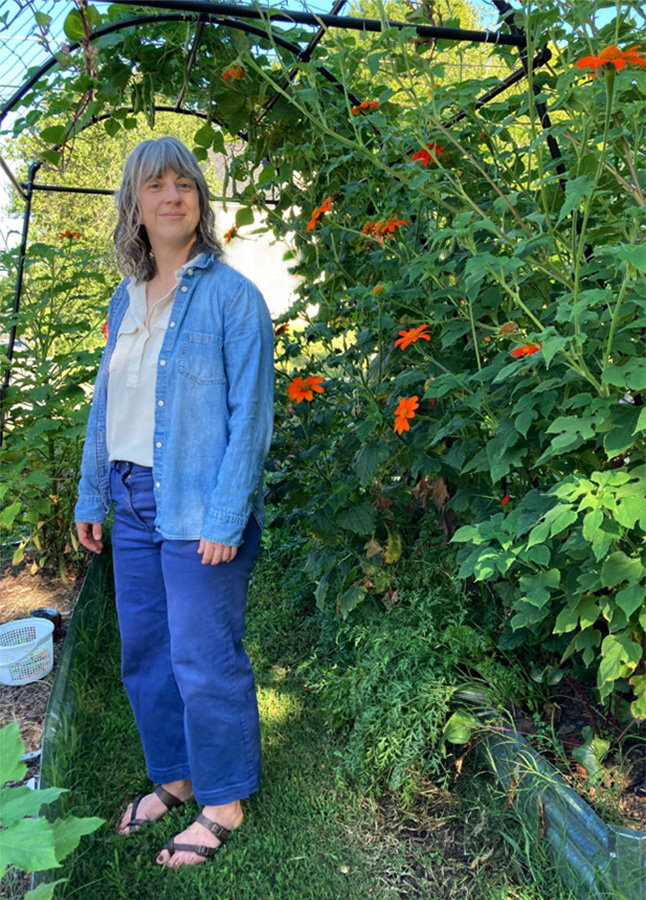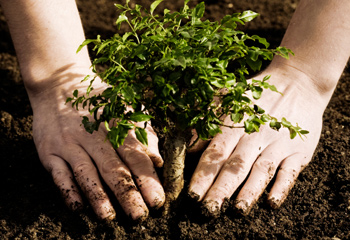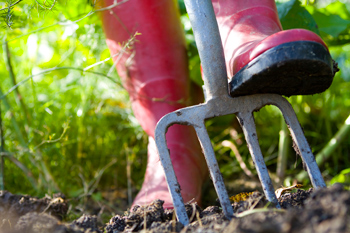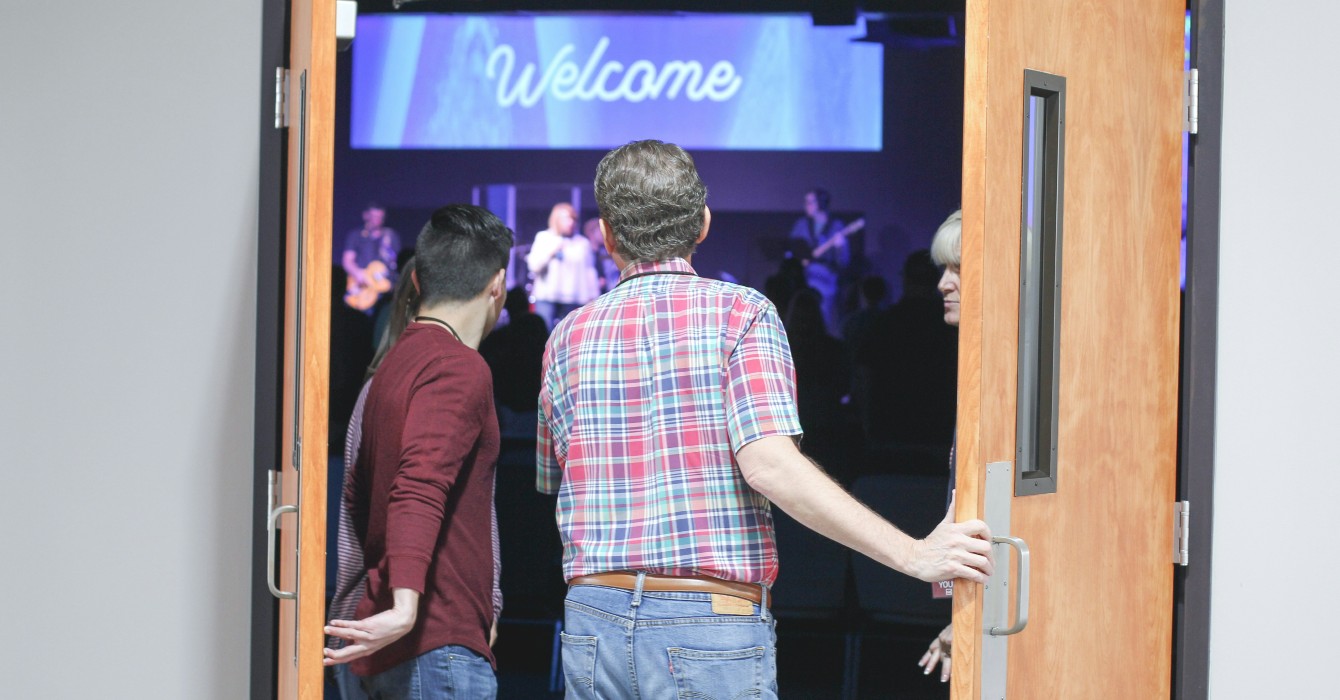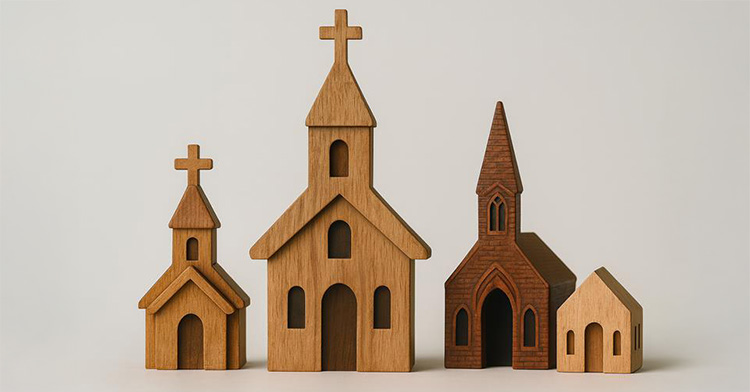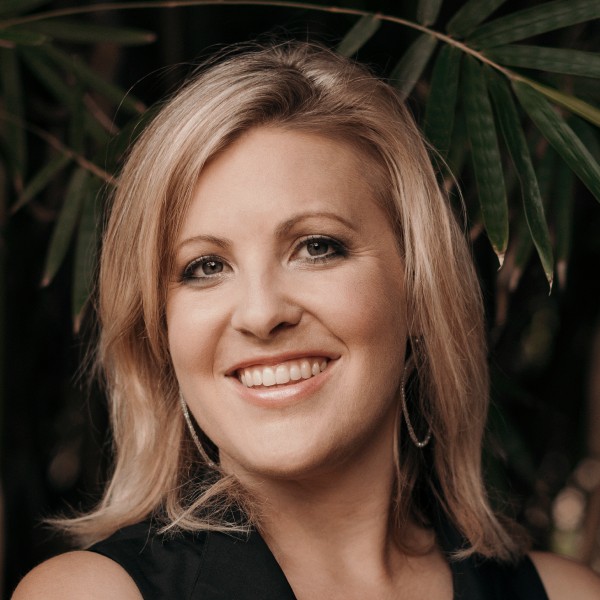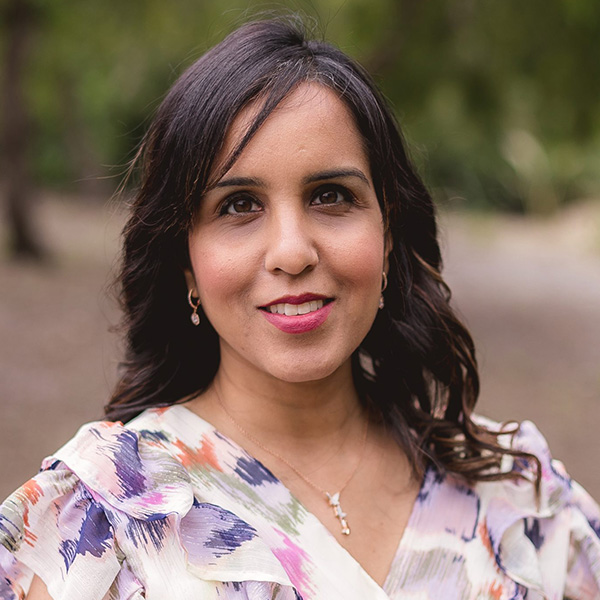The question before my Maryland church last year was, “If we are to have a next chapter, what needs to change for us?”
The session had been asking questions about the congregation’s future for 20 years. The members had tried to stay in place and redevelop at least twice, inviting new families, reimagining their presence in the community and trying new worship styles. There was life in the church, but our budget was out of balance.
A faith community that had given enormously to mission in the past was now spending more than a quarter of its budget on property maintenance, drawing from endowments to make major repairs. Property spending had outpaced mission tenfold that year, and we knew it wasn’t right. The budget as it existed was speeding us toward death.
What type of ministry could possibly flourish overshadowed by a physical structure that was breaking down? Perhaps what we needed was a better question: How we could we enrich the earth for new growth?
I grew up on cracked, dry desert soil. It hadn’t always been dusty; the Akimel O’odham had dug ingenious canal systems and grown food there for millennia, but by the time I was a child in Arizona, the farms around the city had stripped nutrients from the soil.
Huge summer storms would whip up the topsoil as they raged toward the valley, creating mile-high walls of reddish-brown dust. It was apocalyptic to look into the rearview mirror and see the dust cloud swallowing the city behind you, as you made the decision to either race it home and run inside or pull over and brace for it.
From Phoenix, I moved to Memphis, then to Boston, then to Baltimore. Each new ecosystem was a far cry from the one that raised me, and in each one, I’ve come closer and closer to the soil.
I grew up on soil that was overextended and never allowed to rest and rot, but in these new places, I’ve watched my friends and family garden and farm in rhythms that allow whole seasons for decomposition. Now, in my own garden, deep in the mess of roots and earth and insects, I am struck every season by how much new life relies on death.
It’s almost spring in my growing zone, which means my to-do lists are full of Lenten prayers to write and raised-bed planting sketches to ponder. Through months of wind, rain and snow, the earth in my yard has rested under a layer of last year’s plants that we uprooted and left to gently disintegrate into the dirt.
Their decay will be covered over and mixed with new layers of soil and extra compost. And as we layer rot and nutrients, the soil will start to dance with seeds germinating, worms wriggling, ants and spiders climbing, birds circling and digging. The final uprooted bits of last year’s tomatoes, peas, eggplants and broccoli will finish their composting work in the soil, feeding the new plants as they grow.
My church has been on the same land since it was planted during white flight. A Southern Presbyterian church closed in the city and gave its name, pulpit, font and money to what would become our church so it might serve the white families flooding Towson, north of Baltimore. We are the result of a composted church. And now, we are about to feed the soil again.
As the leaves on the trees around us turned and mulched into the ground last fall, we voted to sell our building and move. We voted to compost our property in the hope that it would nourish the work of our congregation and repair what had been thrown out of balance. Now, as the weather turns to spring, the property has been listed and tours have begun. We don’t yet know where the journey will take us.
It is frightening to see our churches failing. It is unsettling to find our resources changing. It is hard to adapt to a new religious and social climate. It is sad to know that something we love is dying. And yet here in my church, as we embrace our own composting, dreams of what comes next are percolating.
Our understanding has changed. We are not dying and being cremated; we have leaned into the rot, into the trouble the building was giving us, and relinquished it, knowing that trading its ownership for sale proceeds will nourish something new. We see that composting this part of what we grew — the part that was choking out other parts of our ministry together — can make way for a flurry of resurrection in our next season.
So many clergypeople were trained for the ministry of rich gardens. We were trained for a church of abundance — of flowers and bees and vegetables. But in this era, there will be fewer of us called to sustain a flower garden and more of us called to the Ministry of Worms, to the work of composting — of consuming rot and creating possibility. The compost we create may nourish the congregation that let it go, it may be used for reparation, it may feed a bold ministry with a small budget, or it may plant a new church entirely.
What is being broken down here? And instead of propping it up with pesticides and protecting it with mesh, could we celebrate the compost? What new life is waiting to flourish on the other side?
...here in my church, as we embrace our own composting, dreams of what comes next are percolating.



